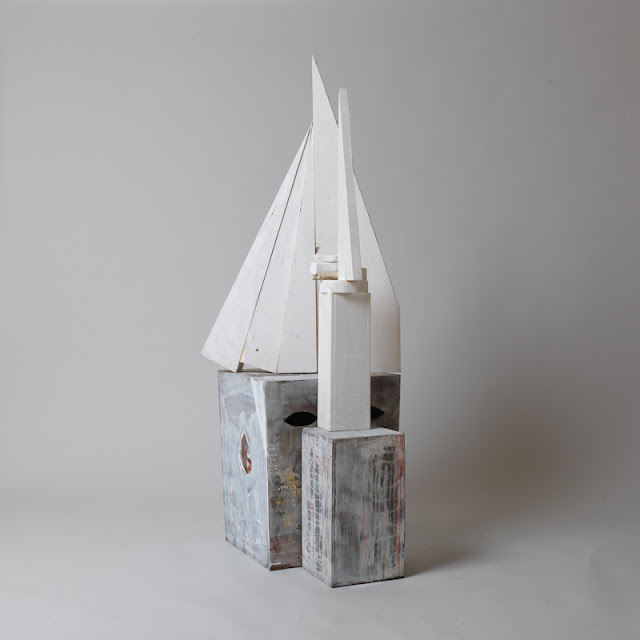The DESTE Foundation, as a gesture in response to the 200th commemoration of the Greek War of Independence, has decided to celebrate the 199th anniversary by commissioning Greek artist Kostis Velonis to conceive an immersive presentation of ten funerary masks of fighters of 1821 from the collection of the National Historical Museum of Athens. The exhibition will be on view in the old Hydra Slaughterhouse starting on June 27 and through November 1, 2020.
Conceived as an intense visual and corporeal experience, 199 is an emblematic memento mori. The exhibition is based on juxtapositions and unexpected associations of this special historical material in the setting of the old slaughterhouse and the distinctive topography of Hydra. Steering clear of the traits of a strictly celebratory exhibition or the conventional and moralistic approaches and ideological constructs around the subject, the artist invites viewers to re-examine their relation to the historic event and restore the role of art and artists in the social and cultural processes as well as in the re-evaluation of historical research.
If the year 1821 marks the start of modernity for Greece and its induction into the Age of Enlightenment and its contradictions, 199 explores some of the consequences and implications of this prospect, the contemporary significance of artistic representation, the allegories and memory of the bodies, as well as the questions and emotional turmoil triggered by such an historical event.
In this way, the exhibition repositions the relations between the body and history, between inner experience and collective self-knowledge, identity, and alterity, reality and imagination as well as between man and animals. As Kostis Velonis states, “the mourning of Cyparissus –whom Apollo turned into the evergreen cypress tree out of pity when Cyparissus was devastated by the loss of his beloved stag– is equated here with the loss of hundreds of animals in the Slaughterhouse and the sacrifices of fighters in the Greek War of Independence”.
And he continues: “The phantom that hovers over a rebellious Greece seems to set off from Pontikonissi, Kerkyra, which is almost the archetype for Die Toteninsel, the 1880 painting of Arnold Böcklin. The famous picture of the islet at sunset contributes to this peculiar time machine, travelling to arid Hydra and bringing some particular vegetation into the Slaughterhouse. This temporary sojourn brings together such contrasting concepts as the accessible and the inaccessible, the endless and the finite, the perishable and the eternal, paying tribute to the spectres that seek their new place.”
**Please note that due to the Covid-19 social distancing regulations, there will be no opening event for this exhibition*
DESTE Foundation Project Space, Slaughterhouse, Hydra
27.6.2020 - 1.11.2020
Daily 11:00–13:00 & 19:00–22:00
Tuesday Closed










